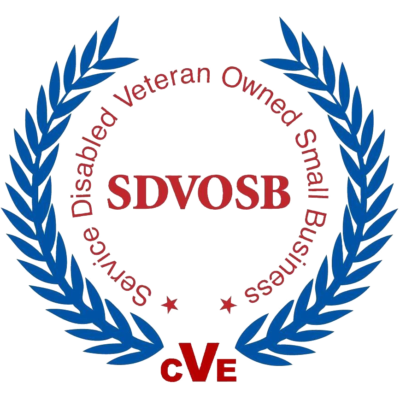Conflict is a normal part of life and exists in all organizations. The fact that conflict exists, however, is not necessarily a bad thing–as long as it is resolved effectively, it can lead to personal and professional growth. In many cases, effective conflict resolution can make the difference between positive and negative outcomes. But, if conflict is not handled effectively, the results can be damaging. Conflicting goals can quickly turn into personal dislike, teamwork breaks down, talent is wasted as people disengage from their work, and it is easy to end up in a vicious downward spiral of negativity and recrimination. Successful managers see the benefit in positive conflict and learn how to use it to stimulate creativity and teamwork.
Managers understand the difference between positive and negative conflict and know how to manage negative conflict to control tension and animosity among employees, and to prevent workplace violence. Conflict can help to identify underlying organizational issues and give management the opportunity to resolve the issues. Conflict that is managed effectively will certainly reduce costs, and it can also be a positive, transformative experience for the business. Conflict highlights problems and can be utilized to encourage positive changes through cooperativeness and collaboration. Conflict management skills prove to be an asset that every manager should possess and will ultimately help to maintain the success of the organization.
Communication plays a role in conflict. Ineffective communication may cause a situation to appear inherently incompatible and thus struggle over values may ensue. Communicative behavior may cause, as well as resolve, conflict. Effective communication can make conflict a constructive and positive process. Conflict can be generated or resolved only through communication. Managers must understand the types of communication interactions that can cause conflict and the communication patterns that are most functional after conflict has developed. In fact, a good communicator can bring conflict to the surface and make it a productive process.
“Win-win” communication occurs when each person feels their current (primary) needs were satisfied well enough and, in a way, that all people felt good-enough about. Managers that are successful at using the “Win-win” Strategy must have certain beliefs. First, they must believe that cooperation is better than competition. Few tasks can be completed without cooperation; therefore, it is more effective to work as a team. Using team problem-solving is beneficial because it can lead to new insights and creativity. Managers must be able to listen and believe that others’ opinions are valuable.
A thoughtful and comprehensive conflict management program, which is fair and easily understood, is the first step in an organization’s ability to effectively manage conflict. Conflict management programs establish procedures to follow for the purpose of managing and preventing conflict. These programs hold employees accountable for preventing and resolving conflict. These programs also provide for early intervention. Studies have shown that conflicts have been resolved through a conflict management program within 2-3 months and at a significantly reduced cost compared to traditional litigation.
Contact StrategyLINC today and let us help you develop an effective, thoughtful, and comprehensive conflict management program.







